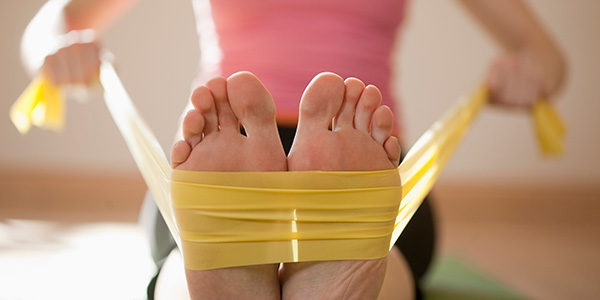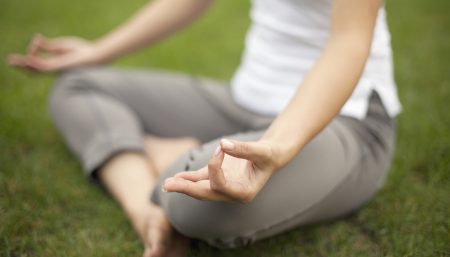Vigorous exercise (physical activity for 20 minutes or more at least 3 days a week) is positively associated with the incidence and prevalence of psychiatric disorders, particularly bipolar II disorder and alcohol dependence, according to US researchers report.

Bipolar disorder is a medical illness marked by alternating periods of elation and depression. While medications and psychotherapy are usually recommended to treat bipolar disorder, there are additional steps a person can take to improve their condition.
| Common symptoms of bipolar depression include: |
Exercise Benefits
What’s the need to exercise? The need is that exercise keeps your body active, which in turn helps you feel better emotionally. The mind and body are interconnected — ignoring one will have an effect on the other.
- In a study of data from the National Epidemiologic Survey on Alcohol and Related Conditions (NESARC), the team found that individuals who engaged in vigorous physical exercise were significantly more likely to be diagnosed with a psychiatric disorder, less likely to achieve remission, and more likely to relapse than non-exercisers.
- Regular exercise can change brain chemicals. Walking 20 min a day, can increase serotonin, the neurotransmitter that affects moods, release endorphins and improve your physical health so that your body is better able to deal with medications side-effects.

- Regular exercise can significantly change the amount of medications needed to manage the illness by either reducing doses or eliminating the need for medications such as anti-anxiety medications.
- Exercise can get you rid of social isolation. Exercising with a partner or group can positively impact your depression by getting you out in public where there is light, fresh air and positive company.
- A study on Exercise Treatment for Bipolar Disorder: Potential Mechanisms of Action Mediated through Increased Neurogenesis and Decreased Allostatic Load by Louisa G. Sylvia Rebecca M. Ametrano Andrew A. Nierenberg reported that ,individuals with bipolar disorder who participated in an exercise program (i.e. eight 30-minute walking sessions) had better perceptions of stress reactivity to an acute stressor as well as reduced physiological reactions to stress.
- Exercise in the form of yoga can help patients with bipolar disorders get in touch with their own bodies. It makes them more aware of their mood swings and helps them control some of their manic tendencies.
- Exercise as in case of swimming can serve as a good outlet for excess energy which might otherwise manifest itself as irritability or other symptoms of mania.
- People with bipolar disorder gain weight as a side effect of their medications or are overweight to start with. Exercise plays an important in a weight loss program.
- For those living with bipolar disorder, exercise not only increases the length and quality of sleep but also has a positive impact on depressive symptoms and takes the edge off mania.

A series of well-designed studies in unipolar depression found that a less frequent, but more intense, 4-month exercise program (frequency: 3 ! /week; duration:45-minute sessions; intensity: 70–85% max. heart rate) was as effective in reducing depressive symptoms as an antidepressant (i.e. sertraline). |
There are not fast cures and there are no miracle drugs. No drug will answer one’s problems of that of one’s children. It takes time and perseverance, hard work and often times, the help of others to overcome bipolar disorder or any other mental health disorder.
Reference:
Disclaimer
The Content is not intended to be a substitute for professional medical advice, diagnosis, or treatment. Always seek the advice of your physician or other qualified health provider with any questions you may have regarding a medical condition.



